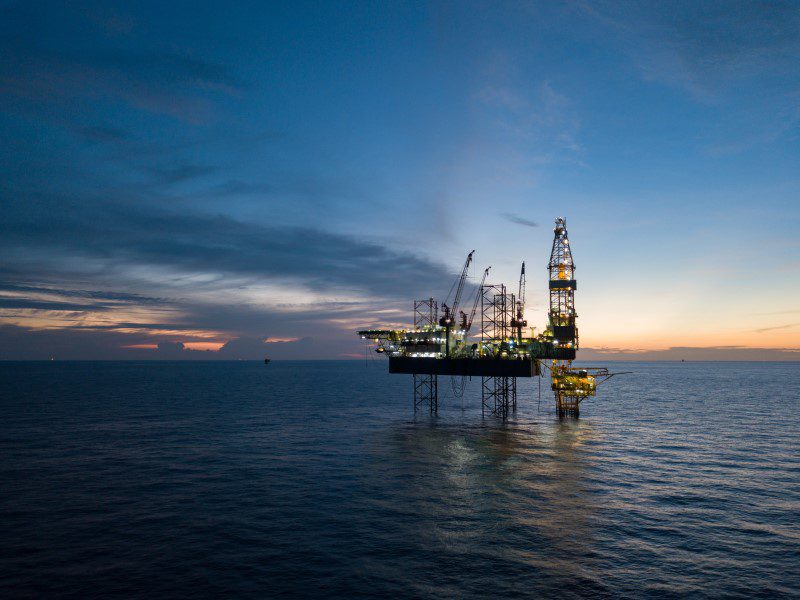CGX Energy and Frontera Energy, partners in the exploration of the Corentyne block offshore Guyana, have announced their strategic plan to commence oil production by 2030. This announcement came during a public technical presentation on December 11, 2023, where the results of their exploration work at the Kawa-1 and Wei-1 wells were discussed. While this timeline for the first oil production project outside of the Stabroek block is a positive development for Guyana, this joint venture has a history of delays and setbacks.
The Kawa-1 well revealed hydrocarbons in various layers. However, the venture said it faced challenges in fully evaluating the reservoir quality and fluid types due to insufficient data acquisition. Subsequently, the Wei-1 well provided substantial data, enabling the joint venture to assess not only Wei-1 but also Kawa-1 and the prospects in between.
A key focus of the presentation was the Maastrichtian horizon in the north Corentyne area. This zone they deemed to be favorable due to its proximity to the productive Stabroek block, the presence of thick blocky sands, excellent reservoir quality, and a significant potential recoverable resource. The estimated prospective resource in the Maastrichtian is between 514 and 628 million barrels of oil equivalent, based on independent evaluations.
This potential has led CGX and Frontera to refocus their efforts on the Maastrichtian, shifting from their prior priorities in the Santonian and Campanian. The joint venture has initiated the appraisal phase, with plans to make their final investment decision (FID) in 2026. This decision will lead to the construction of the topsides for the floating production, storage and offloading vessel and subsequent development phases.
Optimization strategies are being considered to potentially reduce the seven-year timeline from discovery to first production. This strategy is inspired by ExxonMobil’s success in the Stabroek block, where all the projects to date have moved from FID to first oil in a four-year period, on average.
CGX and Frontera said the two-well drilling campaign has significantly contributed to bridging the gap between what they called the offshore gold and silver lanes. The Maastrichtian prospects’ potential underpins the possible commercial development, with additional leads and deep zones offering further upside.
They are also evaluating farm-out opportunities for the Corentyne acreage.
The presentation follows weeks of poorly performing stocks from both companies, following their announcement of updated results at Kawa-1 and Wei-1. CGX’s stock plummeted by 60%, while Frontera’s fell by 22%. This drop is thought to be due to the lower than expected pay at the Santonian horizon of the Wei-1.
In the lead-up to gathering its well results, CGX’s setbacks included repeated delays to the timeline for drilling at Wei-1, and the loss of a sampling tool which prolonged the wait for final pay results by months. CGX has already repeatedly postponed the completion of the Berbice Deepwater Port, which is a highly anticipated development for support to the oil and gas sector and for catalyzing growth in the Berbice economy. Work on both the Corentyne acreage and the port are further complicated by CGX’s financial troubles, and the company has given warnings that there are no guarantees it will secure the funds necessary.
CGX Energy holds a 27.3% interest and operates the Corentyne license, alongside Frontera with a 72.7% interest.




